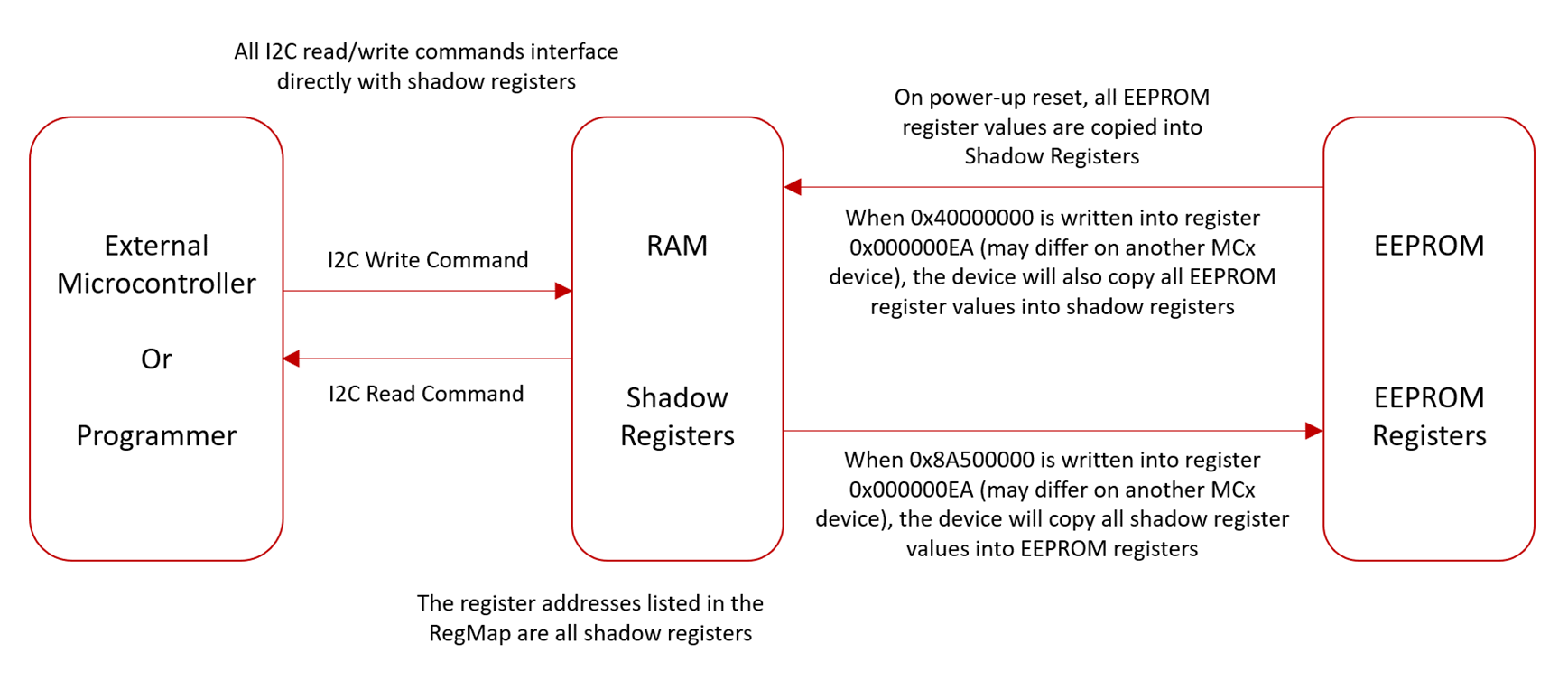Tool/software:
Dear team,
My customer found the following two questions when using the MCF8315C-Q1 chip. I hope they can be confirmed and explained:
1) The power-on default values of the registers are inconsistent.
We have two MCF8315C-Q1 chips with different silk screens as shown below. After powering on, we read their register values and found that several register values were inconsistent, as shown below. What is the reason? What do AQLK and ARBP stand for? Are the registers set in advance before leaving the factory?
a:MCF8315ACVQ1 TI 488 AQLK 64
b:MCF8315ACVQ1 TI 438 ARBP 64
2) Based on the register values read above, compared with the latest version of the MCF8315C-Q1 chip manual SLLSFV6-JANUARY 2024, it is found that the RESERVED bit of some registers is not 0. Is it normal? and how to deal with it?



